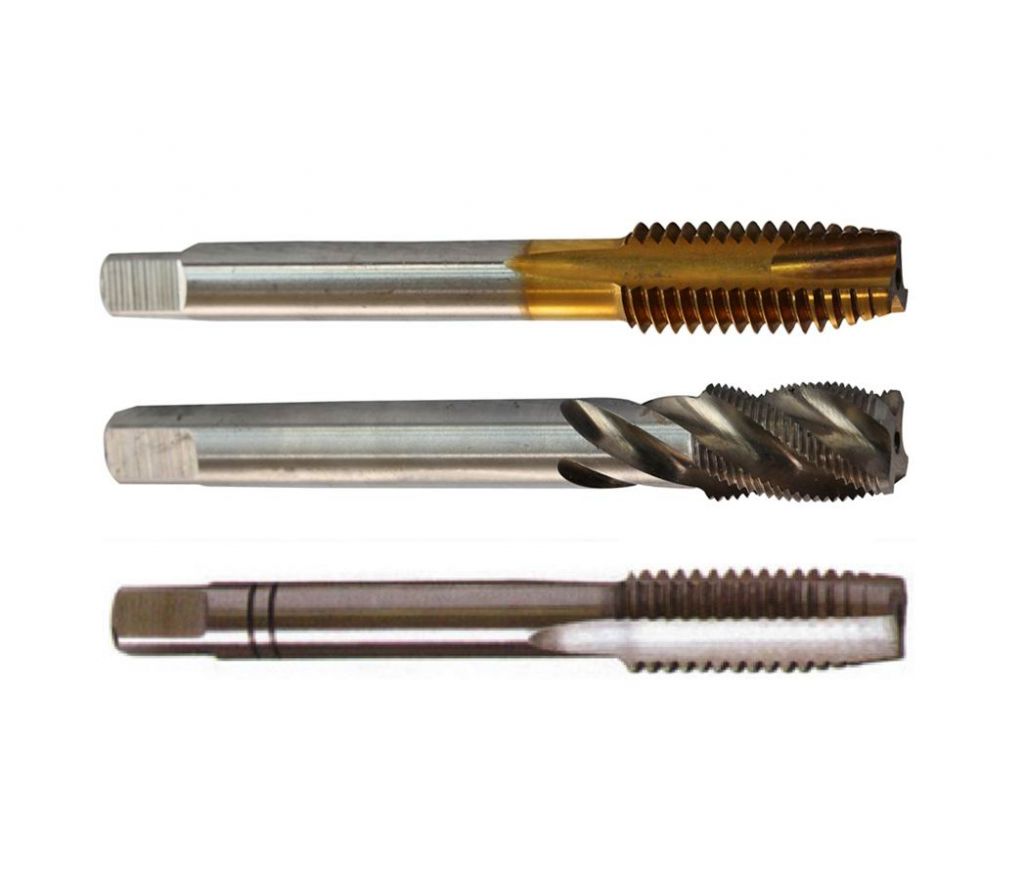

Precio FOB
Obtener el precio más reciente( Negotiable )
|10 Piece Minimum Order
País:
China
N º de Modelo:
-
Precio FOB:
( Negotiable ) Obtener el precio más reciente
Lugar de origen:
-
Precio de pedido mínimo:
-
Cantidad de pedido mínimo:
10 Piece
Detalle de embalaje:
-
El tiempo de entrega:
30 days after confirmation of order
Capacidad de suministro:
100000 Piece per Month
Tipo de pago:
T/T, L/C, Western Union, PayPal
Grupo de productos :
-
Persona de contacto Ms. Judy
NO.807-1-333 HEFENG RD.HUAQIAO, KUNSHAN, Jiangsu
Threading tools
Threading is one of the most universal, yet complicated machining methods. Taps and dies are the major tools for threading.
Taps are for outer threads and dies for inner threads. There are four major kinds of taps including straight flute taps, spiral taps,
spiral pointed taps, thread formed taps. About dies, circular screwing dies are popular but hexagonal dies still used in some place.
Higred® tools Co., Ltd can provide different kinds of taps and dies as well as relative accessories. Most of them are made
of Alloy tool steel, HSS or HSS-Co, few of them are made of solid carbide for special purpose.
Selecting standard taps
When selecting standard taps for your tapping application, there are three basic factors for you to consider:
 
1. The Material to be threaded.
For optimum results, select taps that are recommended for the material to be threaded;
two flute taps are recommended for some materials in certain sizes and pitches and three,
four or six flute taps for other materials, sizes and pitches.
 
2. The type of hole to be threaded.
 
An open or through hole - passes through the workpiece. Plug chamfered taps are usually
recommended for this type of hole. When the material to be threaded produces a continuous
chip such as steel, aluminum, magnesium, or a die casting, plug chamfered spiral pointed taps
are highly recommended for open or through holes for diameters through 3/4".
 
A blind hole - does not pass through the workpiece. If this type of hole is required to be
threaded close to the bottom, a bottoming chamfered tap is necessary. If the blind hole is
sufficiently deep to allow a longer chamfer, plug is recommended. In either case, tapping
problems are minimized if space is provided at the bottom of the hole for chip collection.
Select a chamfer according to the type of hole you are going to tap.
 
3. The class of thread required.
The Unified Thread Form, designated UNC and UNF for coarse and fine pitch series respectively,
was adopted as standard by Canada, Great Britain and the United States. It is mechanically
interchangeable with the American National Thread Form, NC and NF, but there is a difference
in the pitch diameter tolerances. In the America National, pitch diameter tolerances on both
the nut and screw are equal with the nut above and the screw below basic, but in the United Series,
the tapped hole has 1.3 times the tolerance of the screw for the corresponding class. The United
Thread classifications 2B and 3B, signify internal thread and 2A and 3A, external thread.
| País: | China |
| N º de Modelo: | - |
| Precio FOB: | ( Negotiable ) Obtener el precio más reciente |
| Lugar de origen: | - |
| Precio de pedido mínimo: | - |
| Cantidad de pedido mínimo: | 10 Piece |
| Detalle de embalaje: | - |
| El tiempo de entrega: | 30 days after confirmation of order |
| Capacidad de suministro: | 100000 Piece per Month |
| Tipo de pago: | T/T, L/C, Western Union, PayPal |
| Grupo de productos : | - |
